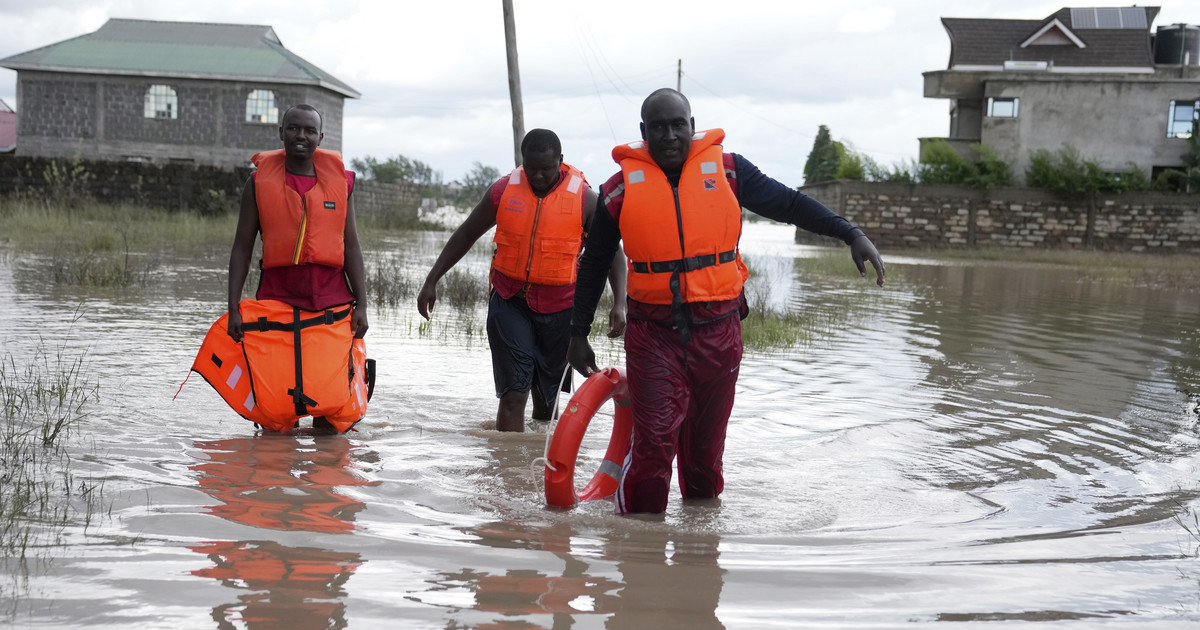THE World Health Organization (WHO) published, on Tuesday (13), a new global guidance framework for the responsible use of life sciences. The document appeals to leaders for the mitigation of biological hazards and safely govern dual-use research, which has a clear benefit but can be misused to harm humans, other animals, agriculture and the environment.
The original content addresses a global, technical and regulatory framework to inform the development of national plans and approaches to reduce biological hazards. According to the WHO, the material aims to safely unlock the great promise of new and improved ways to improve global health offered by life sciences and related technologies.
The guide addresses the challenges of decades of preventing accidental and deliberate misuse of biology and other life sciences as well as how to manage governance and oversight to accelerate and disseminate innovation, while mitigating negative impacts.
According to the WHO, life sciences are increasingly intersecting with other fields such as chemistry, artificial intelligence and nanotechnology, which changes the risk landscape, with those that span multiple sectors and disciplines more likely to be lost.
“Life sciences and technologies offer many opportunities to improve our health, our societies and our environment,” said Soumya Swaminathan, WHO chief scientist in a statement. “However, developments and advances in life sciences and associated technologies may pose risks caused by accidents during experiments, inadvertent and deliberate misuse.”
Examining how to manage the increasing pace of advances in the life sciences, WHO outlines the need for early and responsive governance mechanisms, including forward-looking approaches, which are participatory and multidisciplinary ways of exploring trends, emerging changes, systemic impacts and future alternatives.
To help manage risk, the guide addresses issues such as preventing misinformation as well as managing large sets of health data. Other topics include: increasing awareness and capacities for biological risk management, addressing the specific challenges of infectious disease research, and preventing misuse of research and technologies through cross-sector collaboration.
Development
The content was developed based on three main pillars: biosafety, laboratory biosafety and supervision of dual-use research. According to WHO, the content can be adapted according to the context of each country in harmony with local needs and perspectives.
“Health ministries are called upon to work with other ministries, including Science and Technology, Education, Agriculture, Environment and Defence, along with other stakeholders, to assess the risks posed by life sciences locally and nationally and identify appropriate mitigation measures. risk mitigation to strengthen governance for biohazards and dual-use research,” says the WHO.
The document aims to raise awareness of the importance of biohazard management in the context of the One Health, “One Health” approach to optimizing the health of people, animals and ecosystems.
In the context of limited resources, especially in low- and middle-income countries, WHO calls for providing these countries with technical and financial support and training of scientists.
About life sciences
Life sciences include all sciences dealing with living organisms, including humans, non-human animals, plants and agriculture, and the environment, or products of living organisms or incorporating components derived directly or synthetically from living organisms.
Life sciences include but are not limited to biology, biotechnology, genomics, proteomics, bioinformatics, pharmaceutical and biomedical research and technologies.
Source: CNN Brasil
I am an experienced journalist and writer with a career in the news industry. My focus is on covering Top News stories for World Stock Market, where I provide comprehensive analysis and commentary on markets around the world. I have expertise in writing both long-form articles and shorter pieces that deliver timely, relevant updates to readers.






